When Netflix released the film Monster, based on the 1999 novel by Walter Dean Myers of the same name, it went from underdog to overnight sensation. The Anthony Mandler-directed film made its debut at the Sundance Music Festival in 2018. It garnered little media attention, despite being received well by the audience. Entertainment Studios sought a distribution deal for the film in 2019. However, the deal never happened and the film became all but forgotten. Two years later, producers Tonya Lewis Lee and Nikki Silver brought the film to Netflix. There, it found its launchpad.
The film follows 17- year old Steve Harmon, played by Kelvin Harrsion Jr., who is on trial for participating in a grocery store robbery turned murder. Harrison’s performance is the high focal point of the film. Harrison, alongside veteran actors like Jeffery White, Lovie Simone, and Jharel Jerome and stars A$AP Rocky and Nas provided the perfect environment for the novel to shine. The novel is told as a third-person screenplay as it recounts Steve’s experience during his trial. The superb acting helped bring the written word to life and liberties took by Mandler helped complete the timelessness of the film. Although created in 2018, the film fits squarely in the social climate of today. Black people, especially young men, have a long and exhausting history with law enforcement. While raising important critiques about the justice system, the film also presents a premise that sparks debate.
Innocent Until Proven Guilty
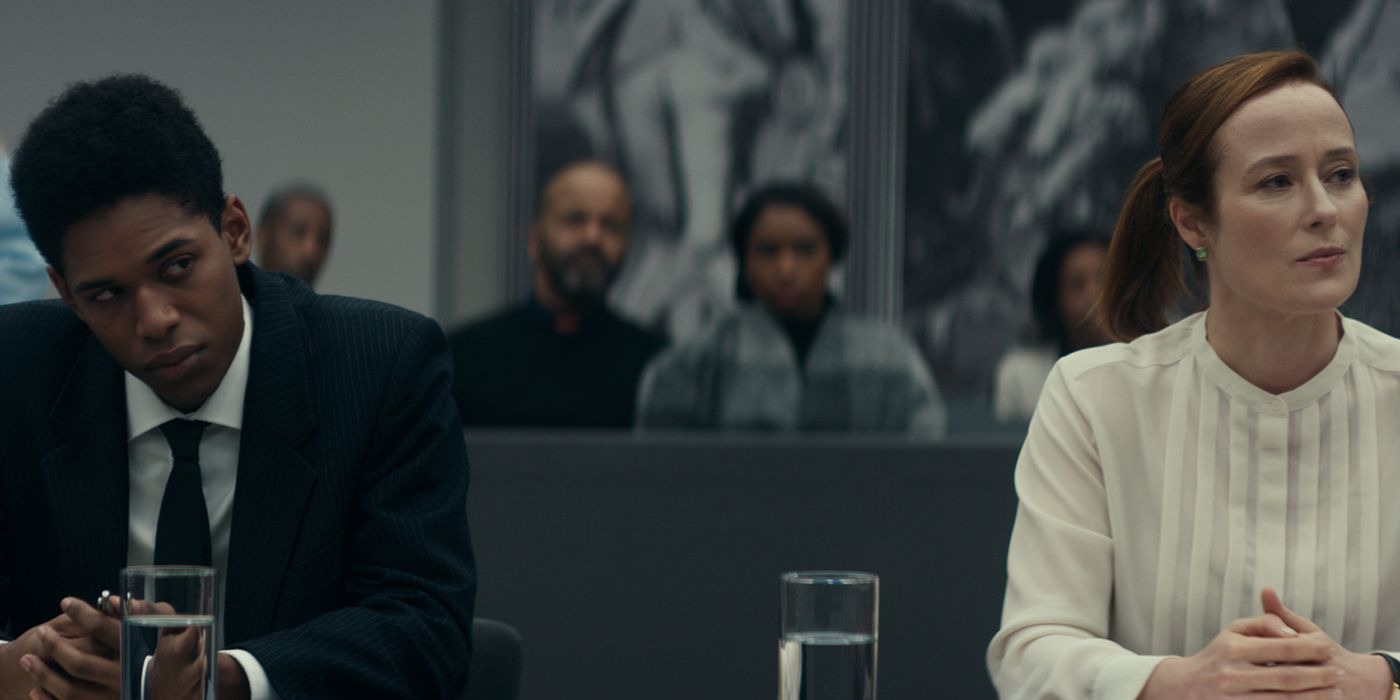 Innocent until proven guilty is the ideological foundation of our justice system. As public defender Katherine O’Brien, played by Jennifer Ehle, states in the film, it is the duty of the court to not only find justice for the victim but also protect the rights of the accused. However, we understand that this is often not the case for Black people. Black people are seven times more likely to be convicted of murder than white people. This is according to “Race and Wrongful Convictions”, published in 2017 by the National Registry of Exonerations. In addition, those wrongly convicted spend on average 14 years in prison. Very often, these people die in prison long before their innocence is proved.
Innocent until proven guilty is the ideological foundation of our justice system. As public defender Katherine O’Brien, played by Jennifer Ehle, states in the film, it is the duty of the court to not only find justice for the victim but also protect the rights of the accused. However, we understand that this is often not the case for Black people. Black people are seven times more likely to be convicted of murder than white people. This is according to “Race and Wrongful Convictions”, published in 2017 by the National Registry of Exonerations. In addition, those wrongly convicted spend on average 14 years in prison. Very often, these people die in prison long before their innocence is proved.
Steve Harmon and his lawyer understand that it is not the truth that will set him free, but proving his humanity to those who judge him harshly because of his skin. The film weaves scenes of Steve in prison and court with flashbacks of his life leading up to the robbery. A highly gifted filmmaker at one of New York City’s most prestigious high schools, Steve is your average kid. A major point of the movie was not to show that Steve was a “good” kid, but that he was no different than a kid from his peers. He enjoys filming with his friends, courting love interest Renee Pickford, played by Lovie Simone, and riding his bike through his Harlem neighborhood. Unfortunately, when Steve goes to trial none of this matters.
The Ambiguity of the Law
Steve was allegedly a lookout, ensuring that William King, played by A$AP Rocky, and Richard Evans, played by John David Washington, could perform the robbery without a hitch. What actually happened is not exactly clear. Cinematographer David Devlin made the brilliant choice of coloring the courtroom scenes in shades of gray. The law, despite striving to be, is not black and white. It is the gray areas that could mean life or death for many individuals.
Unfortunately, for Black lives, this ambiguity usually results in a guilty verdict. Steve’s mere proximity to crime is enough to label him as the monster the prosecution portrays him to be. Steve’s lawyer understands this wholeheartedly. Despite believing his story, she reminds him that his skin color is enough to fit the jury’s description of a criminal. Unfortunately, this forces Steve to make the decision to portray himself as the “good Black” against the gang-affiliated King. His lawyer instructs him to distance himself from King in effort to placate his identity to the jury.
Bad Apples Only Come From Bad Trees
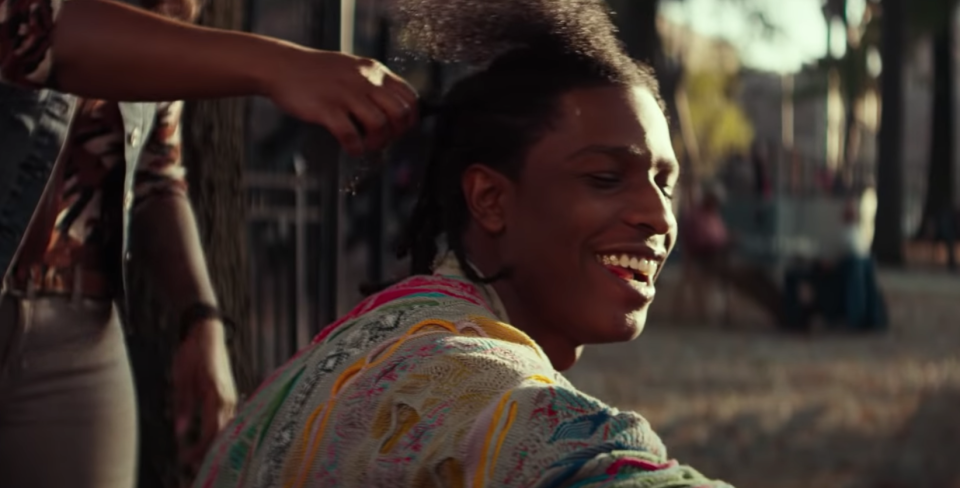
William King evolves to be more complex throughout the movie. He criticizes Steve for not capturing the “true stories” of the neighborhood. As sort of an education, he introduces Steve to the underbelly of the neighborhood. This evolves into an interesting relationship where King and Steve interact with different personalities.
Although it is King who pressures Steve to be the lookout for the robbery, he is on the contrary a kind-hearted fellow. While the movie follows Steve as he fights to prove his innocence, it subtly does so at the expense of people like King. Perhaps this is the true argument of the movie. What do implicit biases do we, the audience, carry in regards to real-life people like King? It is very obvious to us that Steve, with his magnet school education, 2-parent household, and bright future, is not a monster. His case is one of merely being in the wrong place at the wrong time.
But while vying for his freedom, it became a battle of the “good Black boy” versus the “bad Black thug”. Steve was Black yes, but he was not like William King’s version of Black. The movie ends with Steve still pondering if a not guilty verdict made him anymore or less a monster. Was joining the mob and directing the monster finger at William King truly worth it to attain his freedom? We root for Steve to beat his case, also at joining the mob. Something to ponder about.
The Blast Radius of Trauma
However, months of incarceration are spiritually deafening. The juxtaposition of flashbacks of Steve’s adolescent freedom and his deteriorating mental and physical state in prison represent the magnitude of the crippling effect our prisons have on people. The impact it has on his family and friends knocked the wind out their lungs.
The aftermath of incarceration is also emotionally wracking. A major period of time was forcibly taken away from you merely for being Black. For merely being in the vicinity of other Black people. For merely being around a crime. It is enough to drive anyone mad. I remember reading Monster in Middle School and experiencing the emotional connection I felt with his family.
The film leaves us relieved it’s over but sporting new scars. Although I knew the outcome, the acting drove the emotional authenticity home.
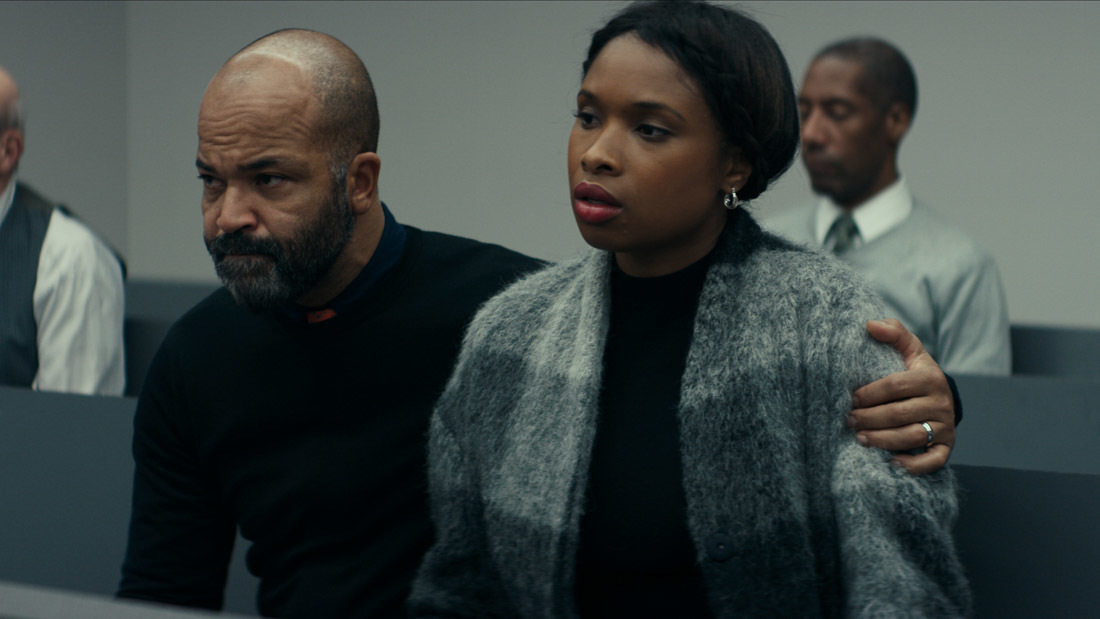
Jeffery Wright portrayed brilliantly the growing frustration of seeing one’s child be tossed around the justice system and I believe that this is probably one of the biggest take aways from the movie. It does not matter if one finds themselves to be more like Steven Harmon, like William King, or someone in the middle. If they are Black, they, at any point and time, can fall victim to the whims of the justice system.
Monster is currently available to stream on Netflix.











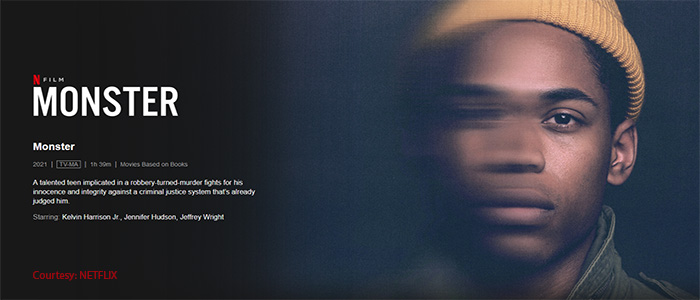

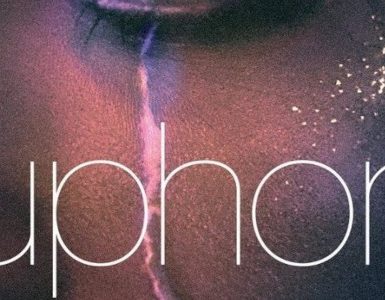




Add comment